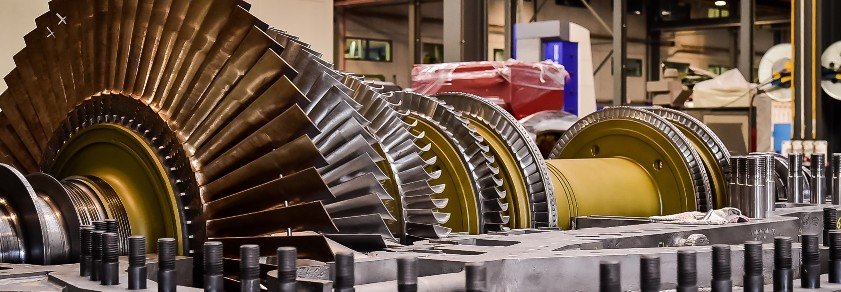11. The isentropic enthalpy drop in moving blade is two-thirds of the isentropic enthalpy drop in fixed blades of a turbine. The degree of reaction will be
A. 0.4
B. 0.56
C. 0.67
D. 1.67
12. The impulse reaction turbine has its driving force
A. as an impulsive force
B. as a reaction force
C. partly as an impulsive force and partly as a reaction force
D. none of the above
13. The efficiency of reaction turbine is maximum when (where α = Angle made by the absolute velocity (V) at inlet)
A. Vb = 0.5 V cos α
B. Vb = V cos α
C. Vb = 0.5 V2 cos α
D. Vb = V2 cos α
14. A regenerative steam cycle renders
A. increased work output per unit mass of steam
B. decreased work output per unit mass of steam
C. increased thermal efficiency
D. decreased work output per unit mass of steam as well as increased thermal efficiency
15. De-Laval turbine is a
A. single rotor impulse turbine
B. multi-rotor impulse turbine
C. impulse reaction turbine
D. none of these
16. The turbine, in which the general direction of the steam flow is parallel to the turbine axis, is called axial flow turbines
A. True
B. False
17. The critical pressure gives the velocity of steam at the throat equal to the velocity of sound
A. Agree
B. Disagree
18. The reheat factor is the ratio of the
A. cumulative heat drop to the isentropic heat drop
B. isentropic heat drop to the heat supplied
C. total useful heat drop to the total isentropic heat drop
D. none of the above
19. The turbine blades do not change the direction of steam issuing from the nozzle.
A. True
B. False
20. Thermal equilibrium means that the flow of steam is
A. isothermal
B. isentropic
C. hyperbolic
D. polytropic
